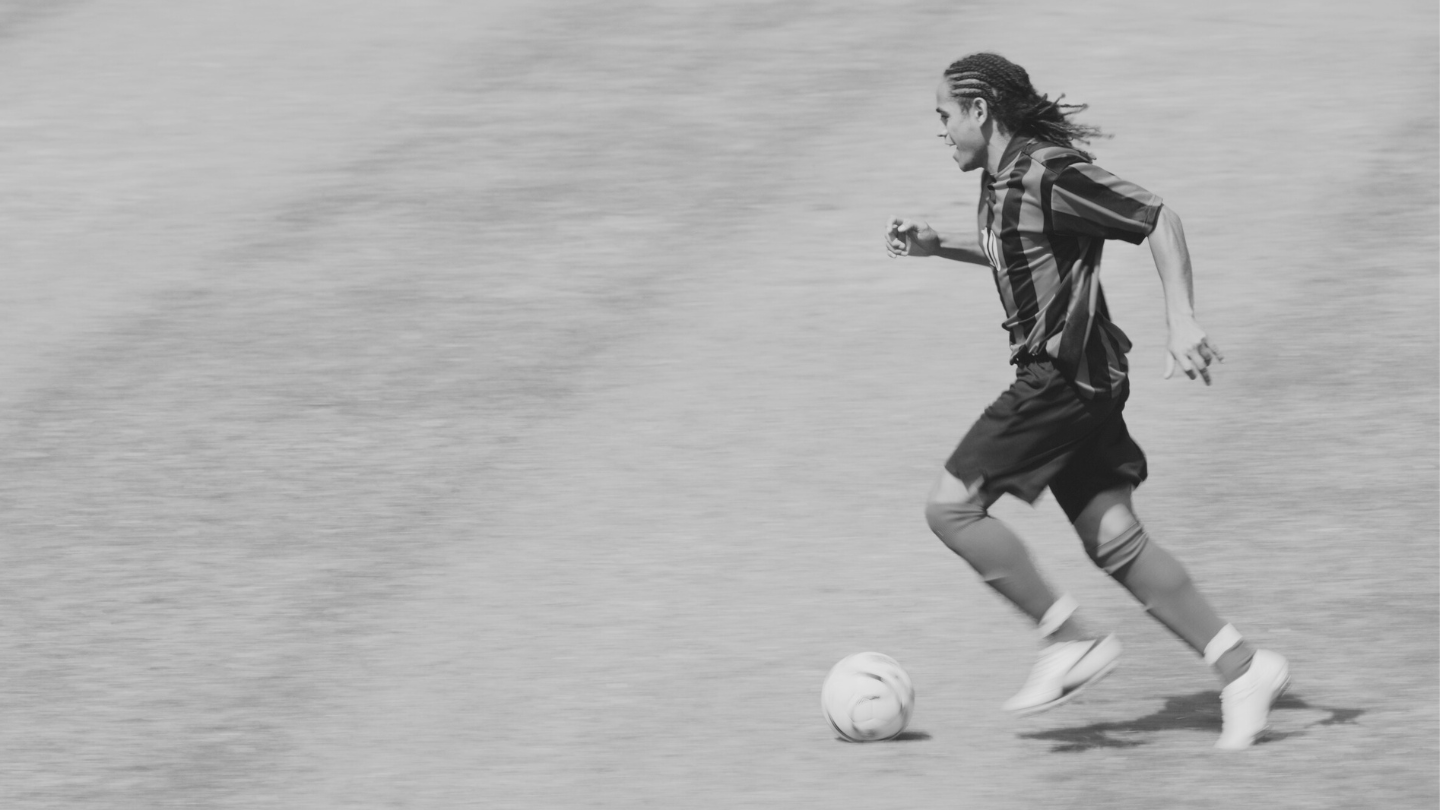Torn Your ACL? Let’s Talk REAL Recovery Options (Surgery Isn’t Automatic)
You felt the ‘pop’. Maybe playing footy, netball, or just landing awkwardly here in North Lakes. Your knee swelled up, felt unstable, and now someone’s confirmed it: an ACL tear. The immediate thought for many? “Right, I need surgery to fix this.” For decades, that was often the default path, especially if you wanted to get back to sport.
But hang on. While an ACL injury is serious and needs proper management, the conversation around ACL tear treatment has evolved significantly. Thanks to ongoing research and experts like Mick Hughes, we now know that non-surgical ACL treatment (led by high-quality rehab) is a viable – and successful – option for many people. Automatic surgery? Not necessarily. It’s time for an informed discussion about your options.
What Are We Dealing With?
The ACL (Anterior Cruciate Ligament) is key for knee stability, particularly during cutting, pivoting, and landing. Common ACL tear symptoms include that infamous ‘pop’, rapid swelling, a feeling of the knee ‘giving way’, and pain.
The Big Question: Surgery or Intensive Rehab?
ACL Reconstruction (Surgery + Rehab): This involves replacing the torn ACL with a graft (often from your hamstring or patellar tendon). The goal is to restore passive stability. BUT, surgery is just step one. Its success hinges entirely on engaging in rigorous, high-quality ACL reconstruction rehab afterwards, often lasting 9-12 months or more. It’s a huge commitment.
Non-Operative Management (Rehab-Led): This path bypasses surgery and focuses intensely on ACL injury physiotherapy. The goal is to regain dynamic stability through:
– Intensive Strength Training: Building robust muscles (quads, hamstrings, glutes, calves) to support the knee.
– Neuromuscular Control: Retraining balance, coordination, and movement patterns (landing, cutting).
– Functional Progression: Gradually returning to desired activities based on objective criteria.
– Potential Activity Modification: Some may choose to modify participation in high-risk pivoting sports, while others can return even without an intact ACL if they meet specific criteria.
Who Might Thrive Without Surgery? (Potential ‘Copers’)
Deciding against surgery isn’t about taking an ‘easy’ option – the rehab commitment is just as intense, if not more so initially. Success with non-operative management often correlates with (based on Mick Hughes’ insights and research):
– Feeling Functionally Stable: After an initial rehab phase, do you feel stable during daily tasks and specific movements relevant to your goals?
– Meeting Strength Criteria: Achieving excellent strength symmetry (e.g., >90% on quad/hamstring tests compared to the uninjured leg – Limb Symmetry Index or LSI).
– Passing Hop Tests: Demonstrating good power, control, and symmetry on functional hop tests (>90% LSI).
– Psychological Readiness: Feeling confident in the knee, without significant fear of movement or re-injury.
– Goals & Motivation: Willingness to commit fully to rehab and potentially adapt activities if needed.
It’s often about seeing how you respond to a period of high-quality rehab first, then making a more informed decision with your physio and medical team. ACL tear no surgery success is absolutely achievable for the right candidates.
Did You Know?
Large clinical trials (like the KANON study) comparing early ACL surgery + rehab vs. initial high-quality rehab (with optional delayed surgery only if needed) found similar patient-reported outcomes, knee symptoms, and function years later. Surgery isn’t always superior long-term.
The Undeniable Truth: Quality Rehab Reigns Supreme
Whether you choose surgery or the non-operative path, the single biggest factor determining your outcome is the quality, consistency, and progression of your physiotherapy-led rehabilitation. Excellent rehab MUST involve:
– Objective Testing: Regularly measuring strength (LSI >90-95%), hop performance (LSI >90-95%), and movement quality.
– Criterion-Based Progression: Advancing stages based on hitting specific targets, not just time.
– Return-to-Sport Readiness: Ensuring you meet strict criteria before attempting a full return to sport after ACL tear to minimize re-injury risk (which is high if rushed).
– Psychological Support: Building confidence alongside physical capacity.
Making YOUR Informed Decision in North Lakes
An ACL tear requires expert guidance. Our role as physios at the North Lakes clinic, informed by leaders like Mick Hughes and a critical thinking (Cor-Kinetic) approach, is to:
– Provide evidence-based information on all options.
– Conduct thorough assessments.
– Guide you through high-quality, criteria-based rehab.
– Help you monitor your progress objectively.
– Support your shared decision-making process alongside your GP/Specialist.
Did You Know?
Simply passing the ‘time since surgery’ mark (e.g., 9 or 12 months) is a poor indicator of readiness to return to sport. Meeting objective strength, hop, and psychological criteria is far more important for reducing re-injury risk.
Fear of re-injury is common and can impact recovery. Addressing this psychologically is a key part of good rehab.
Take Control of Your ACL Recovery Journey
Suffered an ACL injury in North Lakes? Don’t default to old assumptions. Get expert, evidence-based advice tailored to you. Let’s navigate this together and build the strongest path forward for your knee.

